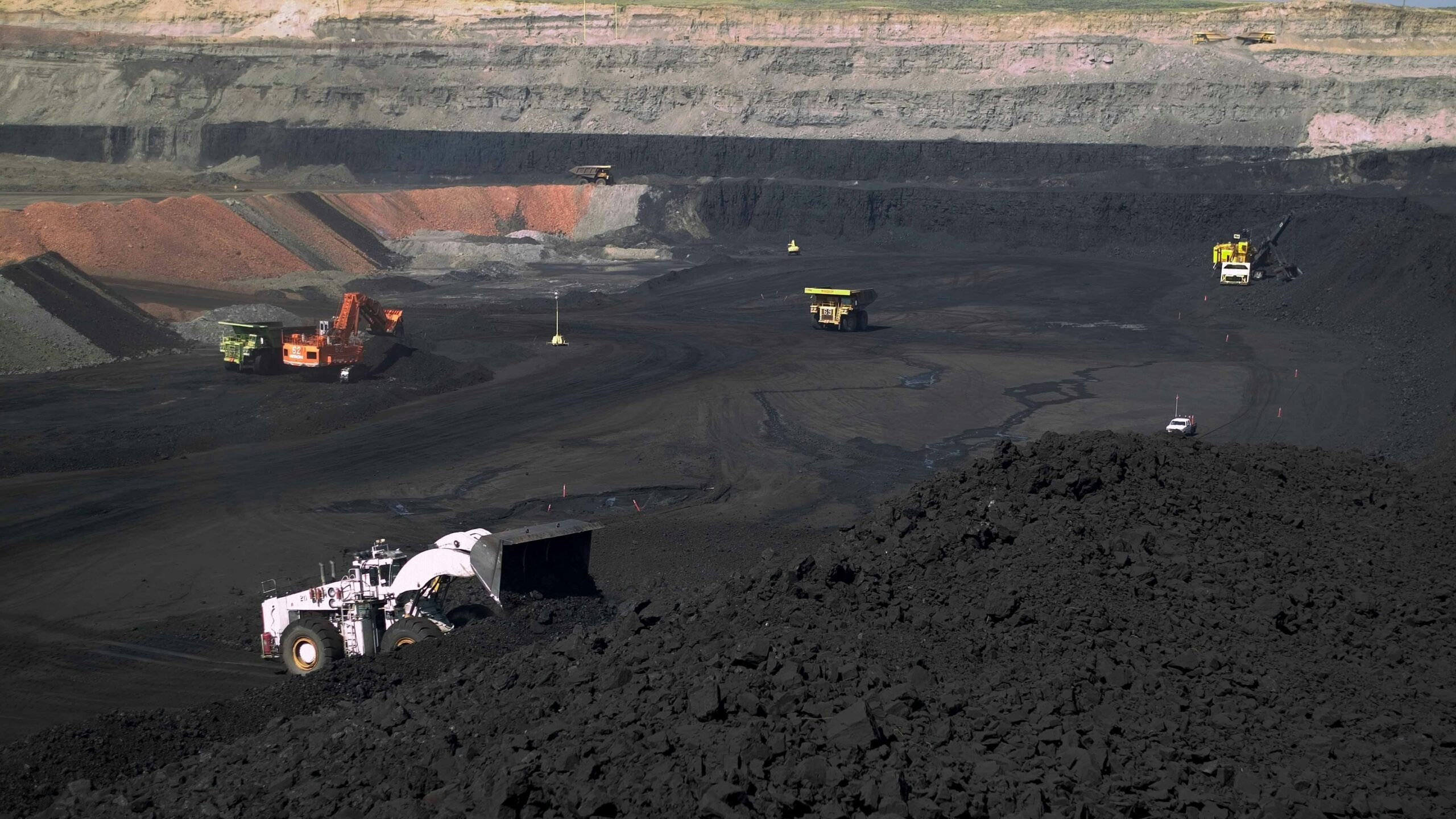The outsized increase in coal prices is one of the more interesting dynamics in Rocky Mountain Power’s request for a 30% rate hike, which it says is 95% in response to an increased cost of fuel.
Coal has traditionally been a cheap power source compared to other available sources and still makes up 60% of Rocky Mountain Power’s generation mix. Any increase to coal prices thus has a large impact on the company’s overall power generation expense.
Opponents of renewables have frequently pointed to the affordability of coal as a primary reason to avoid a deep dive into the renewables pool. But its status as a safe haven is not always a given, as recent price hikes have shown.
According to Rocky Mountain Power’s analysis, the cost of coal from the marketplace has increased a whopping 29%, and the situations that have caused that spike are not likely to abate anytime soon.
Russia, Russia, Russia
Russia’s unexpected invasion of Ukraine is one of the more dramatic inputs to the global spike in coal prices during 2022-2023.
But the increase to coal prices do not actually start there. It started long before, with the steady drop in the number of active mines in the United States as coal plants have been shuttered one by one.
According to the Energy Information Administration, active mines in the United States have dropped 62%, and overall coal production is down 2%.
That drop in supply is set to continue with many companies, including Rocky Mountain Power, planning to shutter more coal units. Over the next 10 years, Rocky Mountain Power will close three of its 12 Wyoming coal generation units. Five coal units have already, or soon will be, converted to natural gas.
At least one of Rocky Mountain Power’s three retiring coal plants is likely to be replaced by a nuclear power plant proposed for Kemmerer. And the company has signed a memorandum of understanding with TerraPower to look at a similar replacement of its other retiring coal plants.

Upsetting The Coal Apple Cart
Russia’s invasion of Ukraine did, however, greatly upset the coal apple cart, so to speak, and it’s part of what is created a perfect storm that’s likely to keep upward pressure on coal prices through 2024 and beyond.
For years, Europe had been shuttering its coal plants and working through the last of its stockpiles, with the stated intention of eliminating coal as a power source.
Russia offered natural gas via a gigantic pipeline as a replacement. That has been seen as a “cleaner” source of fuel, since it has about half the carbon emissions per unit of heat as compared to coal. Many had warned, as Europe took the offer, that Russia could wield its natural gas pipeline as a weapon. That quickly proved true during the invasion of Ukraine, with President Vladimir Putin threatening to curtail natural gas supplies to Europe if they didn’t get on board, or at least not interfere, with his ambitions.
That forced Europe to turn their shuttered coal plants back on.
While Europe may seem a long way from Wyoming, it’s a small world. Europe’s sudden need for coal sent shock waves throughout global coal markets, directly affecting the coal scene in the West, including Wyoming.
“Coal in Europe was going for $300, $400 per ton,” Rocky Mountain Power Vice President of Environmental Fuels and Mining James Owen told the Wyoming Public Service Commission. “When you’re a U.S. coal market with export capacity, with high-quality coal, and you see an export demand at that price point, it’s logical to ask, ‘Can we take advantage of this coal supply abroad and increase our coal exports?’”
Coal Supply Not Likely To Ease Any Time Soon
The situation was a fantastic opportunity for U.S. coal mines to finally send their products out into the world for better prices than they’ve seen in a long time. And, where before, there might have been roadblocks to such an effort, the Russian invasion helped bring disparate partisan politics together on the necessity of coal exports.
That’s made it a breath of fresh capital for the American coal sector, which has faced constrained Wall Street capital for investments, as well as permitting delays and artificial transportation obstacles, like the nixing of the Millennium coal export terminal in Washington in 2021. That was the last of eight coal export facilities once proposed in the northwest.
But the favorable market conditions for coal also created the unusual scarcity that has since become a perfect storm for PacificCorp and Rocky Mountain Power when it comes to its power generation costs.
In the midst of all that scarcity, a fire broke out at the Lila Canyon coal mine in Utah in late 2022.
About 40% of Lila Canyon’s 3.47 million tons of production goes to PacificCorp for its Hunter and Huntington power plants in Utah. Between them, the two coal-fired plants generate 15,513 gigawatt hours of power that’s not just important for Utah, but the West in general.
“Once we started getting all these force majeure claims, we just, even if we’re contracted for the coal, we know it’s not coming,” Owen told Commissioners.
Owen said the company had three force majeure letters, in the time frame. Force Majeure refers to a contract clause that lets companies off the hook for a service or good if unforeseeable or unavoidable catastrophes make it impossible to fulfill their obligations.
Rocky Mountain Power took immediate steps to overcome its sudden shortfall in coal supply. Among these was transport of coal from its emergency stockpiles, as well as signing two new coal supply agreements.
But the new agreements have happened at a time when the world was scrambling for coal supply, which means they’re significantly more costly.
Nor is the situation for coal likely to ease anytime soon, Owen said.
In fact, even though Lila Canyon had been seeking a 7 million-ton expansion at the time of the fire, it’s now considering the possibility of permanent shutdown.
Read more
This is the fourth in a series unpacking the major issues raised in a seven-day marathon rate increase hearing for Rocky Mountain Power. Other stories:
Companies Say RMP’s 30% Rate Increase Would Clobber Wyoming Oil And Gas
Rocky Mountain Power Claims Astonishing 30% Rate Increase Not Due To Renewables
Wyomingites Say They Can’t Afford Rocky Mountain Power’s 30% Rate Hike
Renée Jean can be reached at renee@cowboystatedaily.com.





